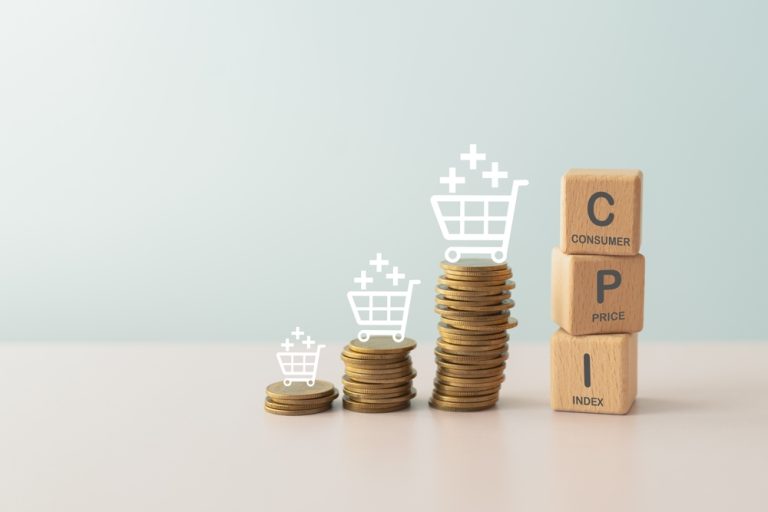Inflation pressures remain uneven
U.S. consumer prices rose modestly in July, but stronger gains in certain services and tariff-sensitive goods raised questions about whether the Federal Reserve will cut interest rates at its September 16–17 meeting. The Consumer Price Index increased 0.2% from June, in line with forecasts, while core CPI — which excludes food and energy — rose 0.3%, its sharpest monthly gain since January.
The Bureau of Labor Statistics reported notable price jumps in healthcare, airline fares, and dental services, with the latter seeing a record 2.6% surge. Tariffs contributed to higher costs for household furnishings, footwear, and vehicle parts, though appliance prices fell and apparel remained flat. Economists remain split on whether tariff-related pressures will intensify or fade.
Data quality concerns intensify
The report comes amid mounting skepticism about the quality of official inflation and employment data. Budget and staffing cuts have forced the BLS to suspend CPI data collection entirely in some areas and partially in others, increasing reliance on statistical imputations. The share of data filled in using broader geographic substitutions has tripled to 32% from 10% a year ago, raising fears of volatility and reduced precision.
These concerns were heightened earlier this month when President Donald Trump dismissed BLS Commissioner Erika McEntarfer after July’s weak jobs report. Trump has nominated E.J. Antoni of the Heritage Foundation, a critic of the agency and contributor to “Project 2025,” to lead the BLS, prompting economists to warn about political influence over statistical integrity.
Market reaction and policy outlook
Financial markets reacted cautiously, with stocks edging higher and the dollar easing slightly against major currencies. Treasury yields rose on longer maturities, reflecting uncertainty over the Fed’s next move. Some analysts argue that moderating headline inflation — aided by a 2.2% drop in gasoline prices and stable grocery costs — gives the Fed space to support a weakening labor market. Others say persistent core inflation in services could delay cuts.
On a yearly basis, headline CPI rose 2.7% in July, matching June’s pace, while core CPI accelerated to 3.1% from 2.9%. Economists estimate the core Personal Consumption Expenditures Price Index, a key Fed gauge, rose 0.3% in July, pushing its annual rate to 3.0%. That remains above the Fed’s 2% target, underscoring the central bank’s delicate balancing act between slowing growth and controlling prices.
Looking ahead
The Fed has kept its benchmark rate at 4.25%–4.50% since December, waiting for clearer signals on inflation and employment trends. Upcoming August data could prove decisive for policymakers. As debates over data reliability continue, market participants will be watching closely to see if reported price changes reflect actual economic shifts or statistical adjustments.


